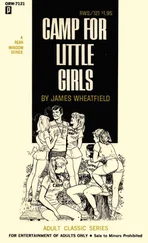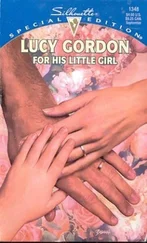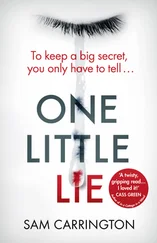"But what do I do with the tray and teacups?" Margaret asked.
"Take them off when you do the last plates before the table is crumbed," said her aunt. "Take off the bread and butter plates, too. A good way to do this is to take the large plate on the tray and carry the small one in the hand. Of course the large bread plate is removed, too, and any dish of jelly or olives which is done with. But dishes of salted nuts or candies are left on, to keep the table looking pretty. Now I really think that is all. Do you think you can serve luncheon as well as you did breakfast?"
Margaret said she thought she ought to do twice as well, because it was really the same thing over again.
DINNER
If the lesson on dinner had come first Margaret would have thought it pretty hard, but after the other two she had just had, it seemed easy enough.
This time she put on the large pad and the long, heavy dinner-cloth; her aunt had to stand at the opposite end of the table and help her with these, and she warned her to always be very careful not to crease the cloth, because a mussed cloth was worse than none at all.
"Be careful always to have table linen spotless," she said. "If anything gets on the cloth at dinner, as soon as the meal is over put a cup under the place and pour a tiny stream of hot water through and then rub the place gently with a clean, dry cloth and smooth it out with your hand; leave the cloth on the table till morning, and usually it will be smooth and dry; if not, take a flat-iron then and quickly and lightly iron the place; then fold the cloth and lay it away. Most people cannot have a new cloth on every night, but no one need ever have on a cloth that is not clean; a good housekeeper never does, so of course you never will." Margaret said she certainly never would.
"One reason why we use doilies or a lunch-cloth for breakfast and luncheon and supper is because if these get soiled it is easy to wash them out at once; it makes housework simpler in the end to have them instead of using table-cloths three times a day, which are large and very troublesome to wash. People who once learn to use them never go back to the old-fashioned way of doing. Now get a pretty centrepiece and put that on in the middle, and bring the bunch of roses from the parlor; we will have them to-night instead of the fern-dish, because we want an especially nice table for you."
After the flowers were on, the silver was laid, almost as at breakfast. A knife at the right, blade to the plate; a dessert-spoon beyond, for soup; two forks at the left; the bread and butter plate at the top, at the left, and the tumbler also at the top, to the right. If they were having a company dinner, Margaret was told, the bread and butter plate would not be used, for then a dinner roll would be laid in the napkin and no butter served at all. The napkin, as before, went to the left, beyond the forks, and a large, cold plate was laid down between the silver. The salts were freshly filled and put on, and a glass dish for jelly at one end of the table. In front of her father's place they laid a carving cloth, and on it a large knife and fork, putting the tips on a little rest.
Конец ознакомительного фрагмента.
Текст предоставлен ООО «ЛитРес».
Прочитайте эту книгу целиком, купив полную легальную версию на ЛитРес.
Безопасно оплатить книгу можно банковской картой Visa, MasterCard, Maestro, со счета мобильного телефона, с платежного терминала, в салоне МТС или Связной, через PayPal, WebMoney, Яндекс.Деньги, QIWI Кошелек, бонусными картами или другим удобным Вам способом.












